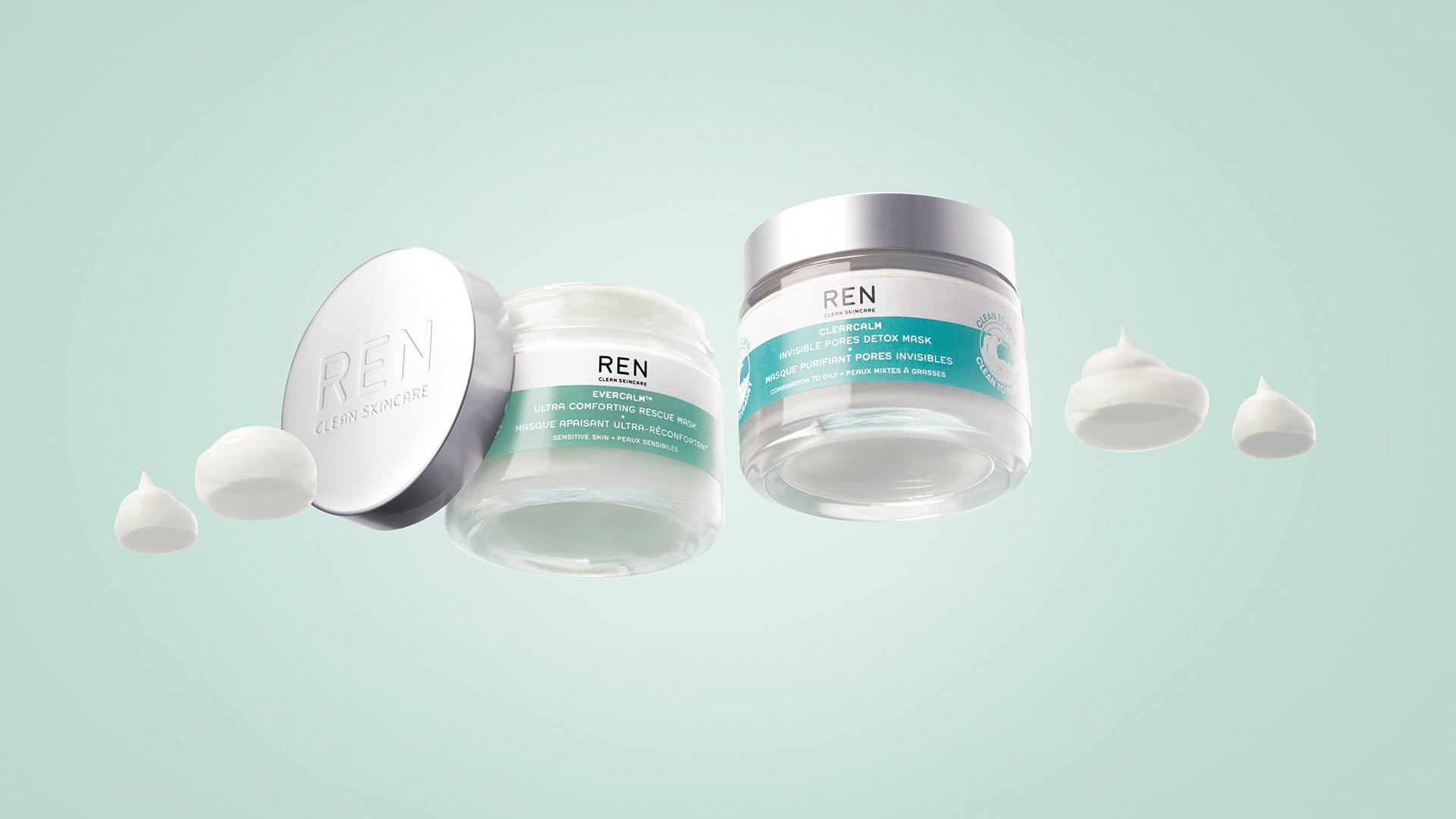Table of Contents
Greener cosmetics packaging: some successful examples
The packaging is a key factor in the success of any cosmetics product: not only does it conserve it, protect it and keep its properties intact, it also conveys carefully honed messages to the public and showcases the brand’s values.
Today, many companies in the beauty sector are facing up to the fact that they need to reduce the environmental impact of producing, distributing and disposing of their packaging materials. According to the British Beauty Council, 95% of cosmetics packaging is thrown away after use, and only 9% of the plastic packaging is recycled. This statistic shows how central the topic of packaging is in the journey many firms in the sector are taking to improve their environmental sustainability.
In recent years, environmental legislation and consumers’ growing interest in a more responsible approach to packaging have encouraged firms selling beauty products to design greener packaging solutions. Cosmetics boxes are increasingly made of recycled and recyclable materials and refillable containers that can be reused an infinite number of times rather than being thrown away have started to appear. By producing cosmetics in solid forms, many businesses have also managed to reduce the size and number of components in their packaging and moved to eco-friendly materials, which all has a positive impact on the environment.
In this article, we’ll explore what it takes to design environmentally friendly packaging that is also functional and practical, before taking a closer look at some of the solutions adopted by beauty brands.
Designing eco-friendly cosmetics packaging
Firms in the cosmetics industry face a double challenge: they must produce packaging that meets specific requirements in terms of protecting and preserving the product, but they also need to reduce the environmental impact of their packaging. Cosmetics packaging often comprises multiple layers, in order to keep the formulas and aromas isolated from the surrounding environment, protect the goods from shocks and falls and ensure their hygiene and integrity by ensuring that the package is not opened before it is sold.
The packaging must also be made of suitable materials that do not allow ingredients to leach into the product or absorb ingredients from it.

To create packaging that is eco-friendly while also giving the product the protection it needs, brands are therefore having to come up with solutions that combine technology, innovation and a dash of creativity. But what are the main requirements for something to be considered green packaging? Here are the main guidelines to follow:
- Use recycled and recyclable materials, preferably compostable ones;
- Use packaging produced using renewable energy sources;
- Choose eco-friendly inks for printing;
- Opt for refillable or reusable containers;
- Remove any unnecessary packaging components;
- Avoid multilayer materials made up of multiple polymers.
Following these rules can make lead to big improvements for businesses in terms of decarbonisation, waste reduction and saving energy resources.
Now let’s have a look at how certain brands have increased their green credentials using innovative and pioneering cosmetics packaging solutions.
Examples of environmentally friendly cosmetics packaging
Sprout’s ‘plantable’ pencils
For this eyeliner range, the brand Sprout did away with all chemicals and plastics, using solely natural and biodegradable materials with no micro-plastics: sugar cane, FSC®-certified wood and soluble cellulose. In addition, one of the eye pencils has flower seeds in its cap, which you can plant in a pot. A perfect example of circular packaging in the beauty sector.

Noble Panacea’s single-use packaging
The Noble Panacea skincare range is based on Organic Molecular VesselTM technology honed by the company’s founder, Nobel Prize for Chemistry winner Sir Fraser Stoddart, which involves the scheduled release of ultra-high quality ingredients. To protect the precious active ingredients in the various formulas from the atmosphere and to ensure the correct dosage, the business designed single-use packaging that is 100% recyclable thanks to a recycling programme created in collaboration with the social enterprise TerraCycle. The envelopes can also be kept inside a refillable and recyclable plastic-free box made from starch-based materials.

Tata Harper’s refillable packaging
From using exclusively natural and biodegradable formulas in its products to environmentally friendly and reusable packaging, the skincare brand Tata Haper has based its entire production cycle on sustainable principles. The firm only uses recyclable materials, like glass or bioplastic made from corn and sugar cane. Its boxes are made using FSC®-certified paper and soya-based ink. Many of its beauty products also have refillable cases, to reduce waste and encourage customers to reuse their packaging.

We’ve reached the end of our journey into the world of green cosmetics packaging, although there are many more examples we could have shown you! The popularity of eco-friendly packaging shows how brands are increasingly making the effort to reduce the environmental impact of their supply chain and gives us hope that the beauty industry can look forward to a greener future.

